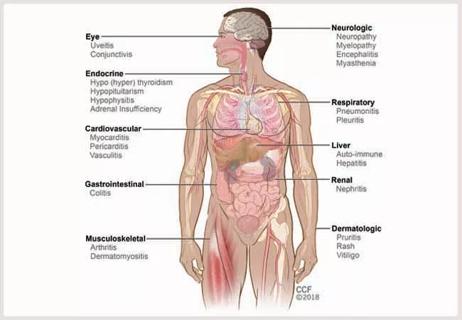The largest study of its kind examines the survival rate of CF patients who undergo mechanical ventilation

Invasive mechanical ventilation (IMV), a possible intervention for cystic fibrosis patients with acute or chronic respiratory failure, has historically been associated with high mortality. However, in the largest study of its kind, Cleveland Clinic physicians describe new insights about survival rates for patients with CF who undergo IMV, and the role it could play in clinical decision-making.
Cleveland Clinic is a non-profit academic medical center. Advertising on our site helps support our mission. We do not endorse non-Cleveland Clinic products or services. Policy
In a retrospective study, published in the Annals of the American Thoracic Society, researchers examined data from the U.S. Nationwide Healthcare Cost and Utilization Project database between 2002 and 2014, and found the survival rate for hospitalized CF patients undergoing IMV was approximately 55%, much higher than expected.
Furthermore, the mortality rate trended downward over the course of the study. Matthew Siuba, DO, Cleveland Clinic critical care physician and lead author on the study, says that the findings may upend preconceptions about IMV.
“The mortality rate was markedly lower than what people had thought in the past, and survival appears to be improving,” says Dr. Siuba.
The literature shows a wide range of mortality in patients who were intubated, from 45% to 75%, depending on the group studied and the clinical context. This range represents a gap in knowledge that the authors aimed to better understand.
As such, the study was designed to narrow selection criteria to focus on a specific patient subgroup, says Elliott Dasenbrook, MD, MHS, pulmonologist and Director of the Cleveland Clinic Adult Cystic Fibrosis Program and the Bronchiectasis Center in the Respiratory Institute.
“We looked closely at patients with acute, worsening lung disease where IMV was used as a primary intervention. For example, we excluded those intubated for procedures or those who were being intubated as a bridge to lung transplant,” says Dr. Dasenbrook. “We found a 55% survival rate, which is considerably higher than previously understood.” And this finding may be conservative compared to other studies. Half of the study cohort received IMV for more than four days, which suggests this was a relatively sick group of patients.
The analysis found several variables associated with a significant risk in mortality, which include: female sex (odds ratio (OR) 1.54, 95% confidence interval (CI) 1.14-2.09), acute renal failure (OR 1.99, 95% CI 1.32-3.01) and malnutrition (OR 1.44, 95% CI 1.01-2.06).
What did surprise the team, however, was that patients undergoing IMV for more than 96 hours did not have an increased risk of mortality (OR 1.05, 95% CI 0.77-1.43).
“In other words,” Dr. Siuba says, “if a patient with cystic fibrosis gets intubated and it has been more than four days, we can’t necessarily predict that outcomes will decline.”
These findings are particularly useful for critical care providers who are managing CF patients. “When making a decision with patients, we believe this study provides the information to support IMV as a reasonable intervention with a significant likelihood of survival,” says Dr. Dasenbrook.
He also notes that a next step might be to explore the specific characteristics of modifiable variables associated with survival, and how interventions improving that variable (such as body mass index) in the ICU might improve outcomes in critically ill individuals living with CF.
Survival in patients with CF is improving, and will likely continue to improve. This necessitates continued research about clinical management for this patient population.
“It’s a really difficult decision to decide whether you — as a patient with cystic fibrosis, or your family member — should go on a ventilator,” says Dr. Siuba. “I think this is just another piece of the puzzle that helps clinicians and families make that decision.”

Lessons learned from cohorting patients and standardizing care

New tools and protocols to improve care

Cleveland Clinic pulmonologists share a framework for how to implement effective clinical protocols to standardize evaluation and management of complex acute respiratory distress syndrome

An interdisciplinary team of specialists improves outcomes with effective collaboration, communication and identifying and implementing best practices

A public health tragedy with persistent pathophysiological and therapeutic challenges

Immune toxicity remains a diagnosis of exclusion, and multidisciplinary collaboration remains the cornerstone for early diagnosis and treatment.

A closer look at risk, clinical manifestations, treatment and prevention efforts

Refer early, even when patients aren’t yet transplant candidates